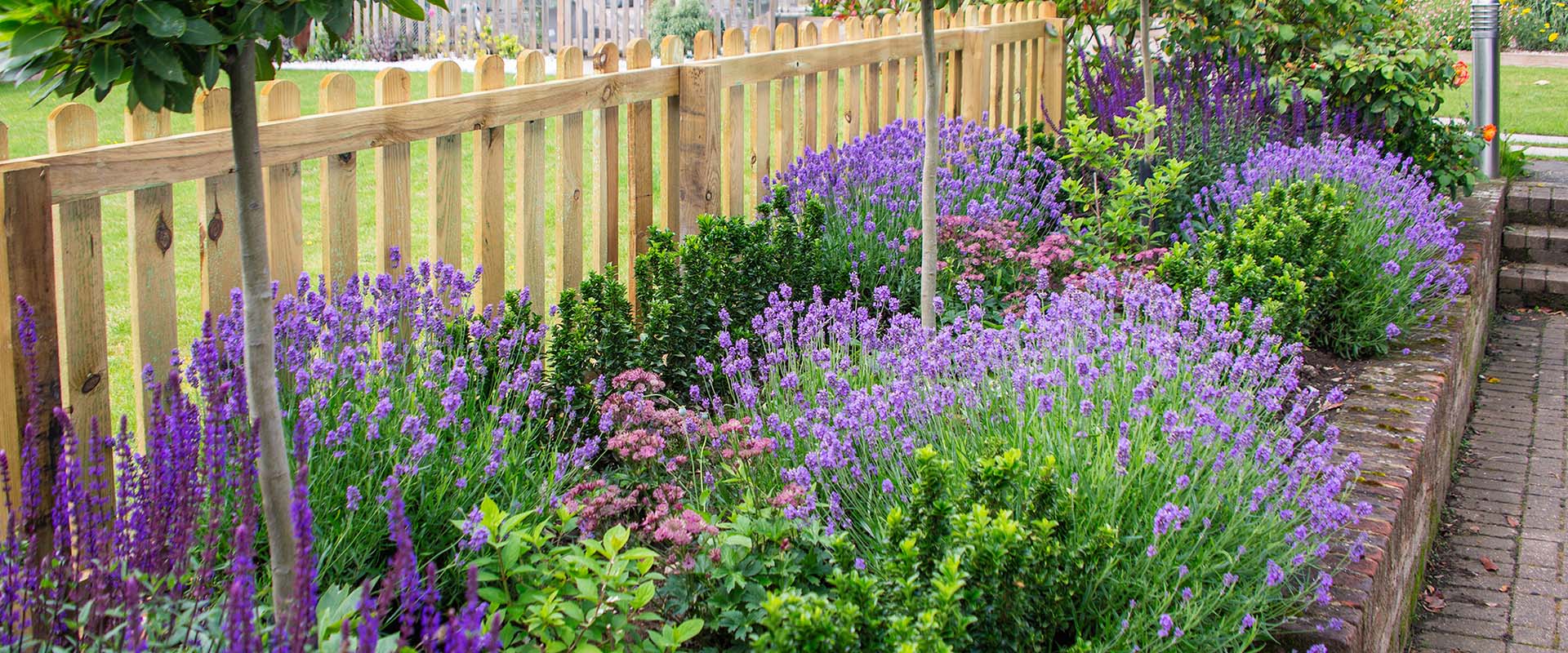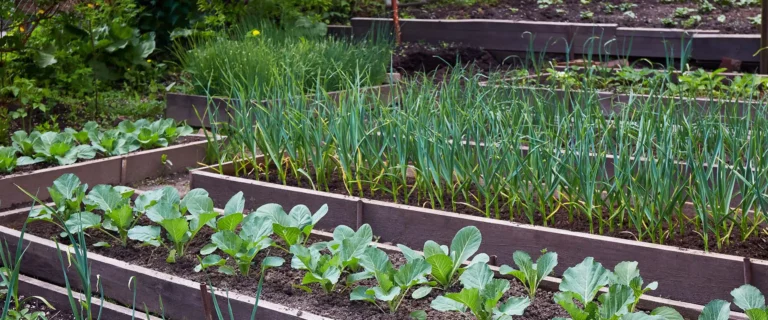Has this favorite perennial broken your heart in the past? Have you cried over it year after year? Join the Broken Heart Club of gardeners who lose lavender after lavender… We’re here to help!
Perennial lavender — French lavender, English lavender, Spanish lavender, Portuguese lavender — is just so very popular. Sean, the horticulture expert at The Gardener’s Center, says we probably sell more lavenders than any other plant that we carry. Is it simply because it’s such a favorite? Sean believes it’s because so many people are replacing their lavenders that have died.
It comes down to this: Perennial lavender is a desirable plant, but it’s very challenging to grow here in the northeast. There are lots of things that lavenders don’t like about living and growing in Connecticut (and it has nothing to do with traffic or taxes!), but they center around our climate and our soil structure.
Is lavender a perennial? Yes. A shrub? Yes.
The biggest mistake people make is planting lavender just like they would any other perennial. Lavenders require specific preparation, and the care afterwards is a little different than most perennial plants. First, Sean says to consider a lavender as an evergreen shrub.
Unlike herbaceous perennials such as hostas, peonies and phlox that die back to the ground after a hard frost, a lavender is more like an azalea that keeps its foliage year round.
What’s the magic soil composition for lavender?
Remember that lavenders have Mediterranean origins, coming from a climate that’s very hot and dry. Also, their native soil near the ocean is sandy, gritty and gravelly. All pretty much the opposite of what Fairfield County in Connecticut offers them.
And while lavenders are drought tolerant, they appreciate water (they’re not cacti), but they absolutely do not like to be wet. They like the water to rush through that sandy soil, allowing them to suck up what they need, but then can dry out right away.
The best soil for lavenders is one that has about 45% mineral content (sand, silica, clay or silt), with only about 5% organic material. The other 50% should be open and porous such as gravel, pebbles or scree. This allows oxygen to get to their roots.
Why do we have trouble with lavenders in Connecticut?
They can die in the summer or in the winter in these parts.
If you’re losing your lavender in the winter, it’s probably due to them getting too cold and too wet.
If you’re losing your lavender in the summer, it’s likely that the soil is too heavy. It’s not allowing oxygen to get to the roots and your lavender starts to wilt. It then looks like it needs to be watered and what do you do? You water it more… That’s curtains for your lavender. Game over.
There’s also our humidity in the summer. They just don’t like it. So while we can’t control the humidity, we can control and prepare the soil to make it lavender friendly. See above!
How to plant lavender in the garden.
Lavenders have so many great uses in the garden. They look lovely in a traditional, formal garden; herb garden; rock garden; cottage garden; or as a border or edging. And could there be anything more frustrating than to plant twenty lavender plants in a border, and then every year find you have to replace five or six of them. Of course, they never match again, being different sizes or different shapes. If you’re going to use them like that, Sean suggests digging a trench, putting some gravel in the bottom of the trench, then mixing the soil with a good 45% of sand or other mineral content, and adding just a little bit of compost.
Good news! There are some lavenders more suitable to our climate.
Because lavender is so popular, a lot of effort and breeding has gone into creating plants that are more adaptable to the northeast and the mid-Atlantic where it’s wetter and more humid than they traditionally like.
English lavender (Lavandula angustifolia), is still from the Mediterranean despite the name, and this is the lavender you think of when you picture the south of France in your mind. Hidcote and Munstead are two of the most popular varieties, and they have shorter, delightfully purple flowers and gray-green leaves. Prepare your soil properly and try these beautiful lavender plants.
The newest lavender is Phenomenal lavender, a cultivar of Lavandula x intermedia, a hybrid of the Portuguese lavender and the English lavender. Truly phenomenal for us, this lavender is:
More winter hardy
More resistant to humidity in the summer
More resistant to wetness in the winter
Known for its flower spikes, up to 30” tall
You CAN plant lavender successfully in these parts!
Don’t give up! Lavender is such a popular plant and we understand why. It’s beautiful, it’s fragrant, it attracts butterflies and bees to the garden, and can be used in cooking, potpourri, and so many other ways… You can be successful growing lavender in your garden when you choose wisely, prepare your soil properly and then care for your plants appropriately. We believe in you!









